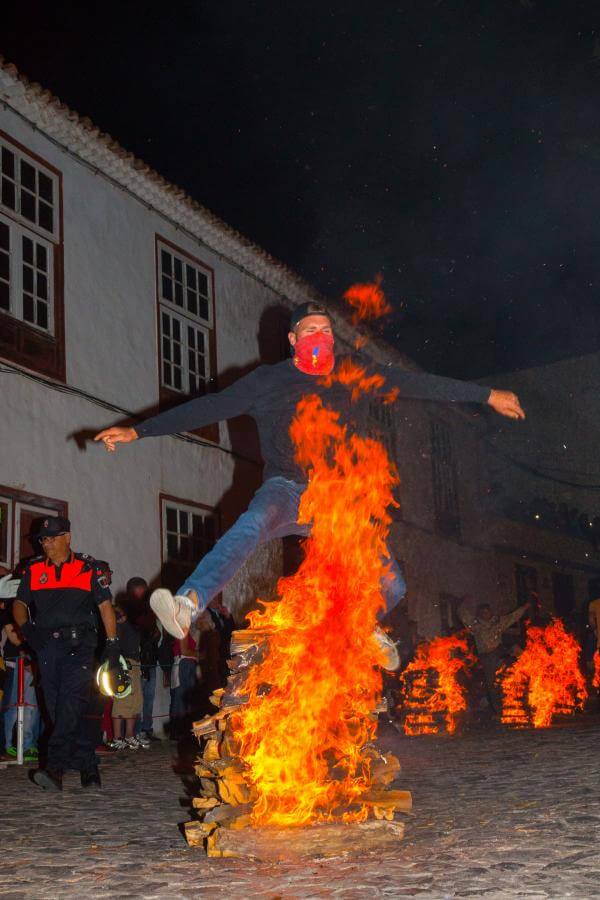


Travel...the definition says: Moving from one place to another, generally distant, by any means of transportation.
And we ask ourselves, if the chosen place is the island of La Gomera... aren’t we also travelling to a different age?
One way of experiencing a trip to La Gomera is through its traditions. The fiestas are a true reflection of the legacy left by generation after generation of residents of La Gomera.
While we can find some festivities at any time of year, when summer comes one can hear the sound of chácaras (a type of castanets) and drums in all of the island’s municipalities.
The dance of the drum forms an indisputable part of the inheritance received. This oral tradition is absolutely active today, combining music, dance and poetry. In addition to drums, chácaras (a type of castanets) are used, an instrument made of hard wood that is ‘clacked’, accompanying the soloist who recites a poem, followed by a group of dancers who perform a singular dance. Are you up for joining the group? The rhythmic sounds invite one to take part and be infected by the magic they contain.
Perhaps the most outstanding of these fiestas is the one held to honour the patron saint of the island, the Virgin of Guadalupe, with the “bajada” (pilgrimage) which is held every 5 years. The term is used to describe when the image of the Virgin-patron saint of each island is moved from its habitual resting place to the capital town. In the case of La Gomera it takes place every 5 years.
The Virgin is transported by sea, and one can witness the departure of the boats decked out for the occasion, accompanying the image, which leaves the chapel in Puntallana (southeast of the island), heading for San Sebastián de La Gomera. It then commences its journey around the entire island. In the interim years the Puntallana fiesta is also held, in the month of October, when the faithful embark on a pilgrimage to the chapel.
One tradition with a special significance is that of El Ramo, a bunch of fruit and vegetables constituting an offering to honour the patron saint or virgin of some villages of La Gomera which can be observed during the festivities. One good example of it is that of the Virgin of Los Reyes, in Valle Gran Rey, which takes place every year on 6 January.
The Ramo is made by harmoniously stringing together different local products to form an original and beautiful work of art. If you get the chance, take a good look at it in order to take in all the details.
Another magical festivity can be found in the inviting village of Agulo. Every year on 24 April, when night falls, the sounds of the chácaras (a type of castanets) and drums accompany the departure of San Marcos, initiating the lighting of bonfires all around the village square. Men and women jump over a series of bonfires in the presence of the patron saint, bearing witness to one of the oldest traditions of the islands.
Another example of the most popular festivals is that which takes place in mid-August in Chipude, a village in the municipality of Vallehermoso which welcomes numerous visitors who come from other islands and different places around the world. They are all eager to experience three days of reunion around the church of the Virgen de Candelaria.
Every village has its own special fiesta, some of which are highly original and have survived to our era. You will be able to join in with them, and knowing that their origins are so ancient will help you to appreciate them even more.
Many citizens of La Gomera take advantage of these fiestas to meet up with family, friends and neighbours. It is a way of connecting with their traditions, with those special moments they have experienced since childhood, and with the land. Those who live outside the island miss the spirit with which each celebration is held, and as a result they never fail to turn up every year to the festivals in their village and those nearby. Anyone born on La Gomera appreciates the values transmitted over time and tries to conserve them, as a rich legacy for the future, so if you have the opportunity to coincide with one of them on your trip, you will be infected with that joy, through their exceptional sounds, aromas and flavours.
And when night comes, it is time for the musical ensembles to perform.
For many years now, the groups of La Gomera have provided the soundtrack to the island’s summers. It is their job to make you dance in the square until the early hours of the morning. Their sounds will be etched in your memories and when you recall them, all of those smiles and colours will come to mind, inevitably reconnecting you with this experience.
Consulting the schedule for the festivities is always a good idea.
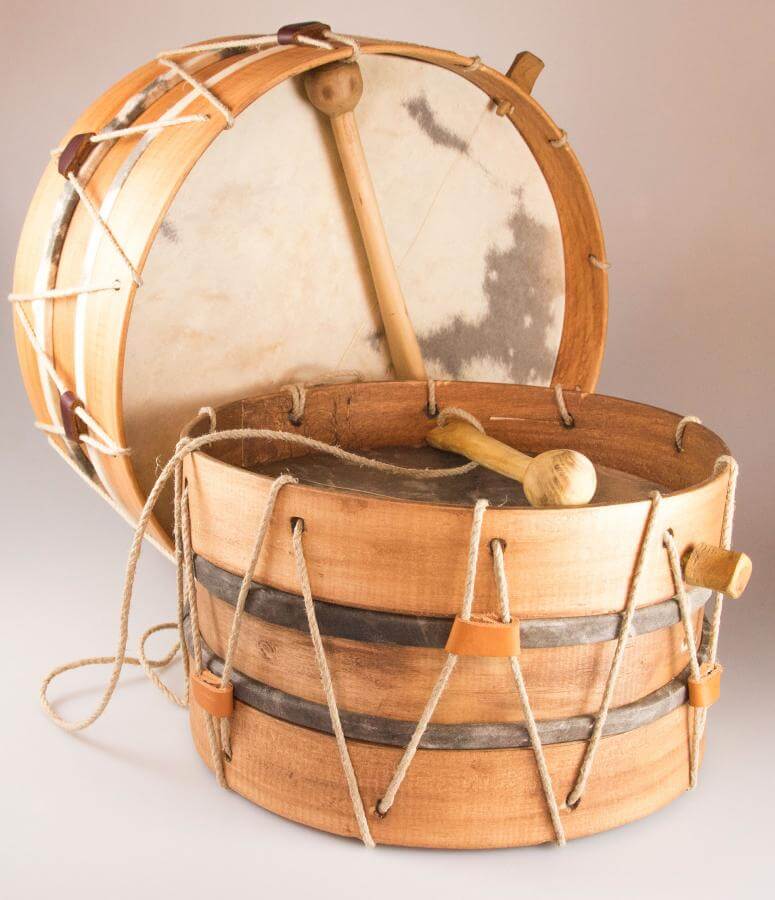


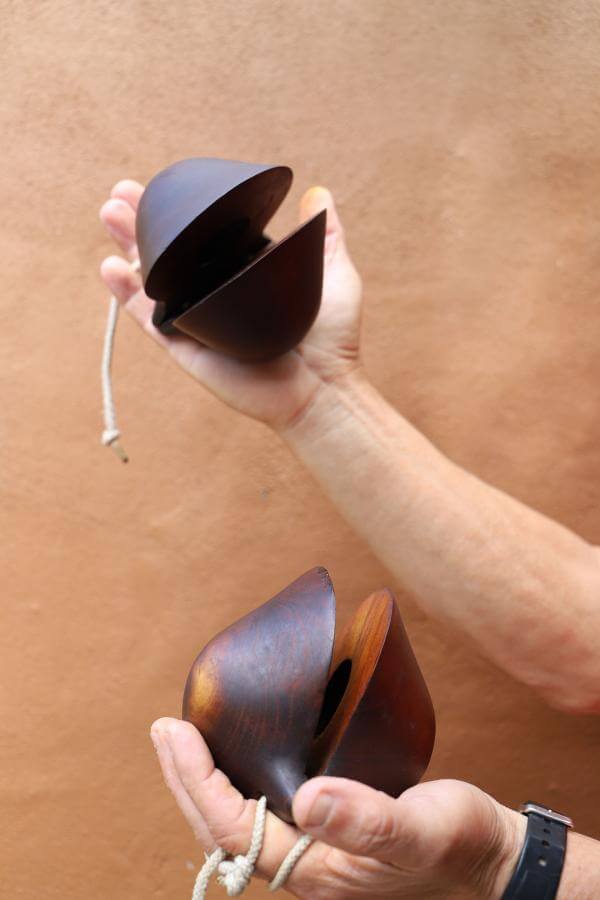
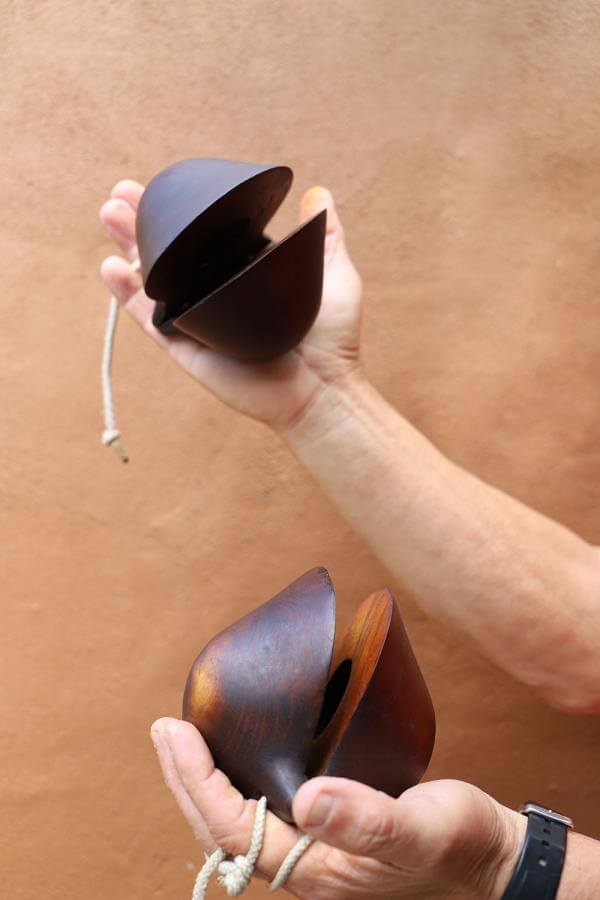

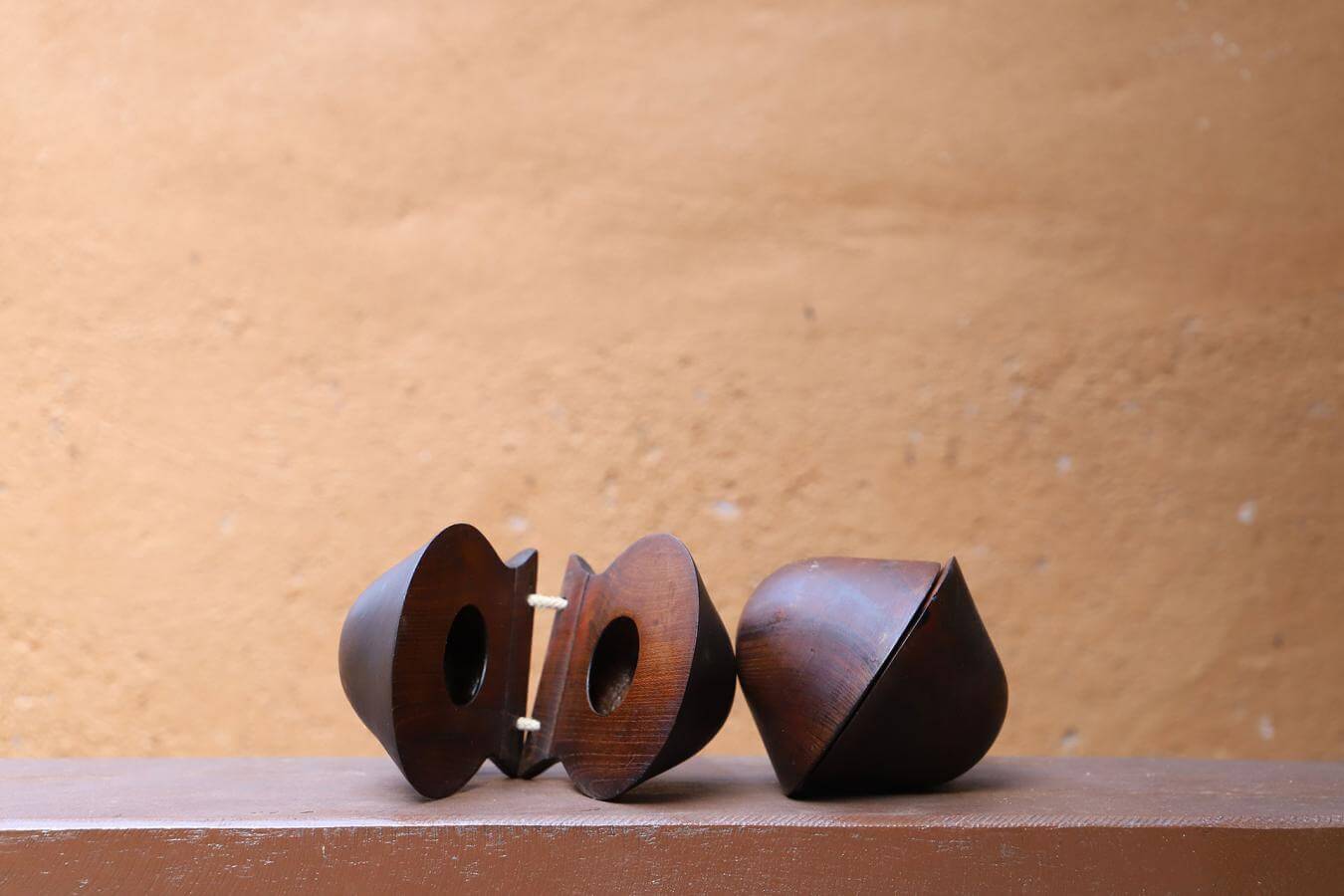


PUBLIC FESTIVITIES ON THE ISLAND OF LA GOMERA
January
6 January: Holy Kings. Valle Gran Rey, San Sebastián
20 January: San Sebastián. San Sebastián de La Gomera.
February
Carnival: San Sebastián de La Gomera and the rest of the island.
April
24 April: San Marcos. Agulo (traditional jumping over the bonfire).
24 April: Hermano Pedro. Igualero. Vallehermoso.
28 April: Santa Beatriz. Arguayoda.
May
First Sunday of the month: San Isidro. Epina.
15 May: San Isidro. La Palmita (Agulo), Alajeró and Vallehermoso (Chorros de Epina).
June
13 June: San Antonio. Valle Gran Rey (Guadá), Agulo (Lepe).
21 and 22 June: San Juan. Benchijigua.
24 June: San Juan. Vallehermoso, Valle Gran Rey, San Sebastián, Hermigua (San Juanito), Playa de Santiago.
29 June San Pedro: Valle Gran Rey, Vallehermoso, San Sebastián, Hermigua and Agulo.
July
8 July: San Benito. Hermigua (Los Aceviños).
11 July: San Cristóbal. San Sebastián de La Gomera (La Lomada).
14 July: Virgen de La Salud. Valle Gran Rey (Arure).
16 July: El Carmen. Valle Gran Rey, San Sebastián, Playa de Santiago, Vallehermoso.
25 July: Santiago Apóstol. Playa de Santiago.
28 July: Virgen del Pino. El Cercado.
August
3 August: San Benito Abad. San Sebastián de La Gomera (El Molinito).
8 August: Santo Domingo. Hermigua.
Second Sunday of the month: San Roque. Playa de Santiago (Tapahuga).
15 August: Virgen de Candelaria. Chipude. Vallehermoso.
16 August: San Salvador. Arure. Valle Gran Rey / Alajeró.
17 August: San José. Tejiade.
23 August: Santa Rosa. Las Rosas. Agulo.
24 August: San Bartolomé. Alojera (Vallehermoso).
30-31 August: Virgen del Buen Viaje. Taguluche (Valle Gran Rey).
30-31 August: Virgen de Lourdes (El Cedro).
31 August: San Ramón Nonato y San Juan Bautista. Ayamosna.
September
1 September: Virgen del Pino. Vallehermoso (El Cercado).
6 September: Colombinas Festivities San Sebastián de La Gomera.
8 September: Nuestra Señora de La Encarnación. Hermigua.
8 September: Virgen de Coromoto. Las Hayas. Valle Gran Rey.
12 September: Caridad del Cobre. Tamargada. Vallehermoso.
14-15 September: Virgen del Buen Paso. Alajeró.
24 September: La Merced. Agulo.
October
First Monday of the month: Virgen de Guadalupe. Puntallana (San Sebastián).
Second Sunday of the month: Virgen de La Salud. Las Nieves (San Sebastián).
3 October: Santa Clara. Vallehermoso (Arguamul).
12 October: Virgen de Guadalupe. Valle Gran Rey (Gerián).
November
30 November: San Andrés. Vallehermoso.
December
13 December: Santa Lucía. Tazo. Vallehermoso.
